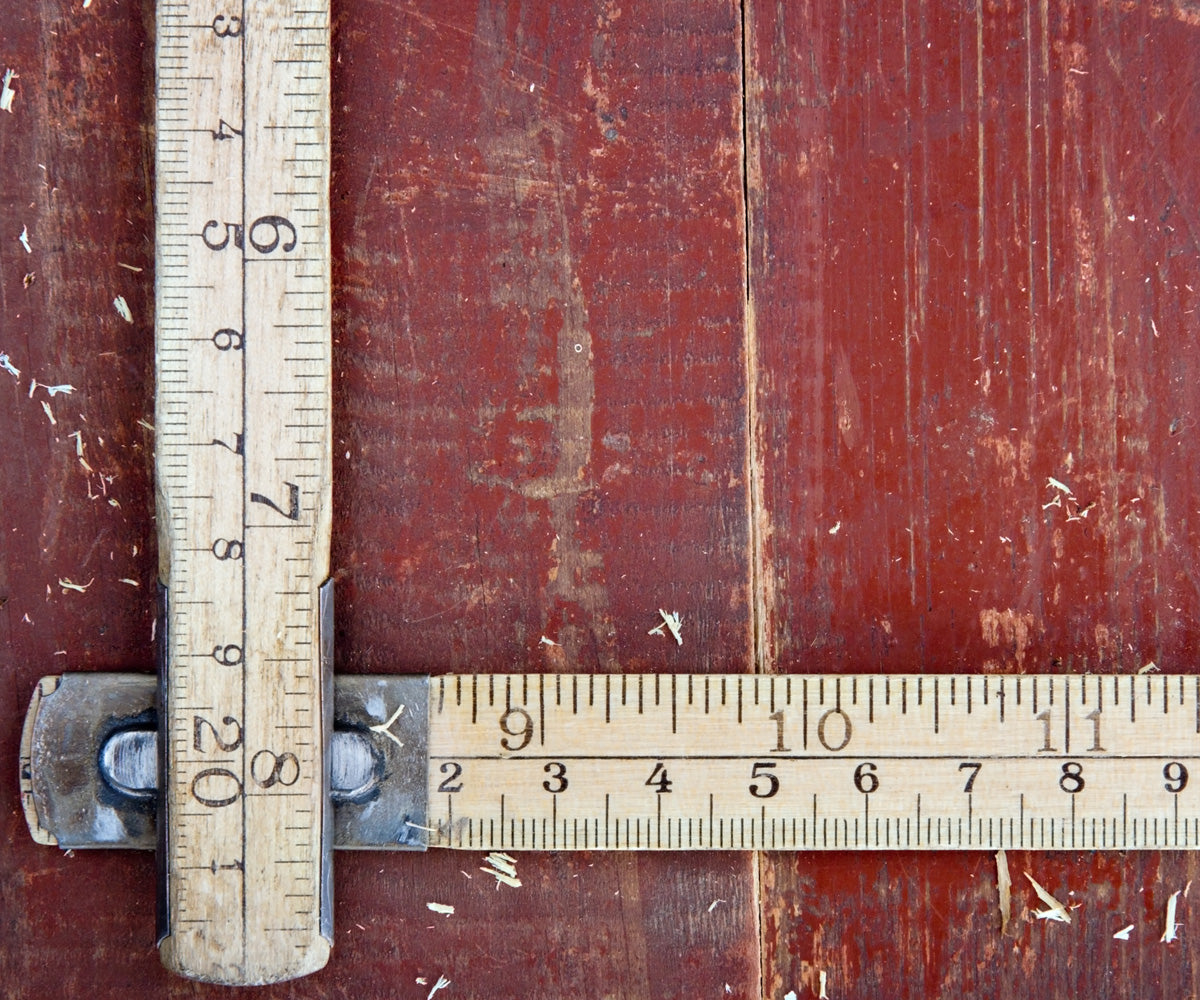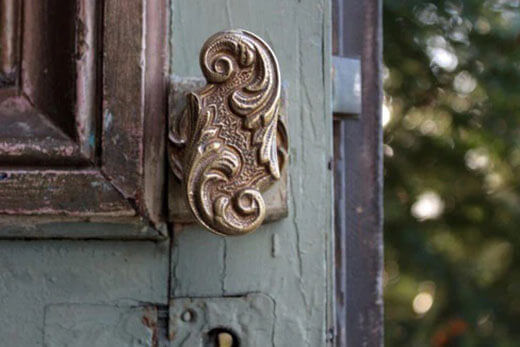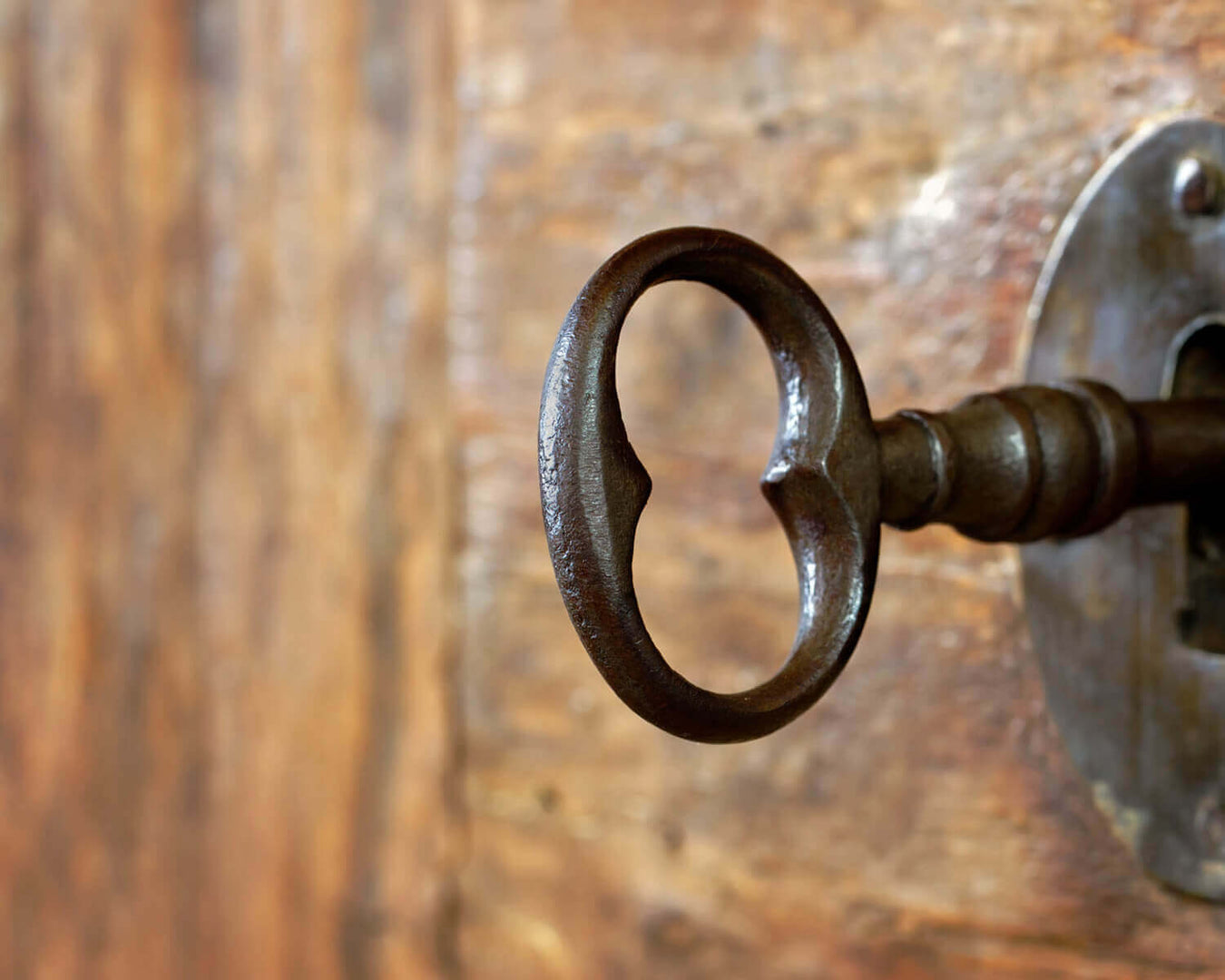
Fitting Antique Door Handles & Knobs
Fitting both period door handles and antique door handles and knobs is fairly straightforward. All of our door handles are supplied with spindles (the square bar that goes between both handles that operates the lock or latch). Our range of reproduction and antique door handles are designed to fit mortice locks and latches and surface mounted rim locks or latches, here's a brief guide to the difference between the two type of locks/latches.
Positioning your door handles
Its very important to know in advance where on the door the handles will be positioned. The distance between the edge of the door and the centre of the spindle is commonly known as the 'backset'. This distance determines where on the door the handle will be situated. We recommend around 80mm minimum from the centre of the spindle to the outside architrave, the wider the door the further in the handles should be fitted to keep the door symmetry. We find some modern builders assume you might be using lever handles and fit mortice locks with quite a narrow backset meaning the handle is positioned too close to the architrave to be comfortable. The narrower backset is fine for lever handles.

Mortice & rim lock handles
Mortice handles are similar to lever handles so the rose/backplate attached the handle tight to the door and the spindle just operates the mortice so these handles can't operate rim lock or latches. Some rim lock handles are purpose made with a flat bottom that sits against the rim lock, however any handles with detachable roses will work with a rim lock (these beehive handles look great with a rim lock), its worth checking that the length of the spindle will fit the door and the rim lock.

Spindles & Grub screws/clips
There are a few different types of spindle;
- Threaded - The spindle is a long thread and it screws into the back of the handles, the handle is then secured against the spindle with a grub screw.
- Square spindle with grub screw/clip - The square spindle has threaded holes for the grub screw or sometimes slots for a clip.
- Square spindle - Normally plain square spindles are just for mortice handles or levers as they don't need pulling into the door as the roses/backplates keeps the handle tight against the door and the spindle just operates the lock or latch.
Sprung/Unsprung
Some handles have internal springs (sprung) the spring 'returns' the handle after its been turned or in the case of lever handles pushed down. Sprung handles remove the need for a mortice or rim latch (all mortice lock or latches have an internal spring). The vast majority of our handles both reproduction and original are unsprung. We believe sprung handles started hitting the market in around 1920. We always recommend good quality locks or latches, some of the cheaper mortice locks don't have good quality mechanism's and might struggle with the heavier solid knobs.


Comments
Leave a comment